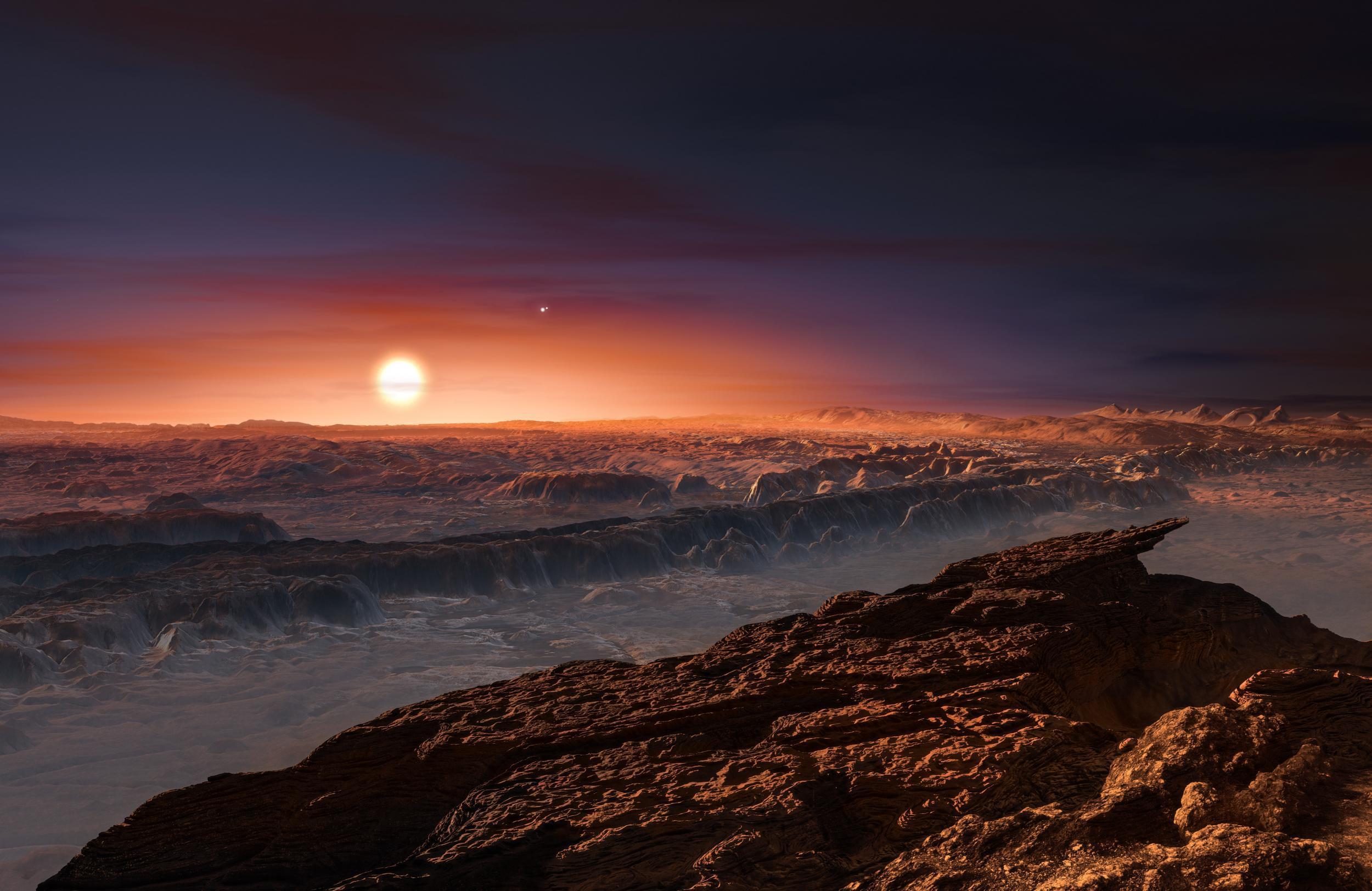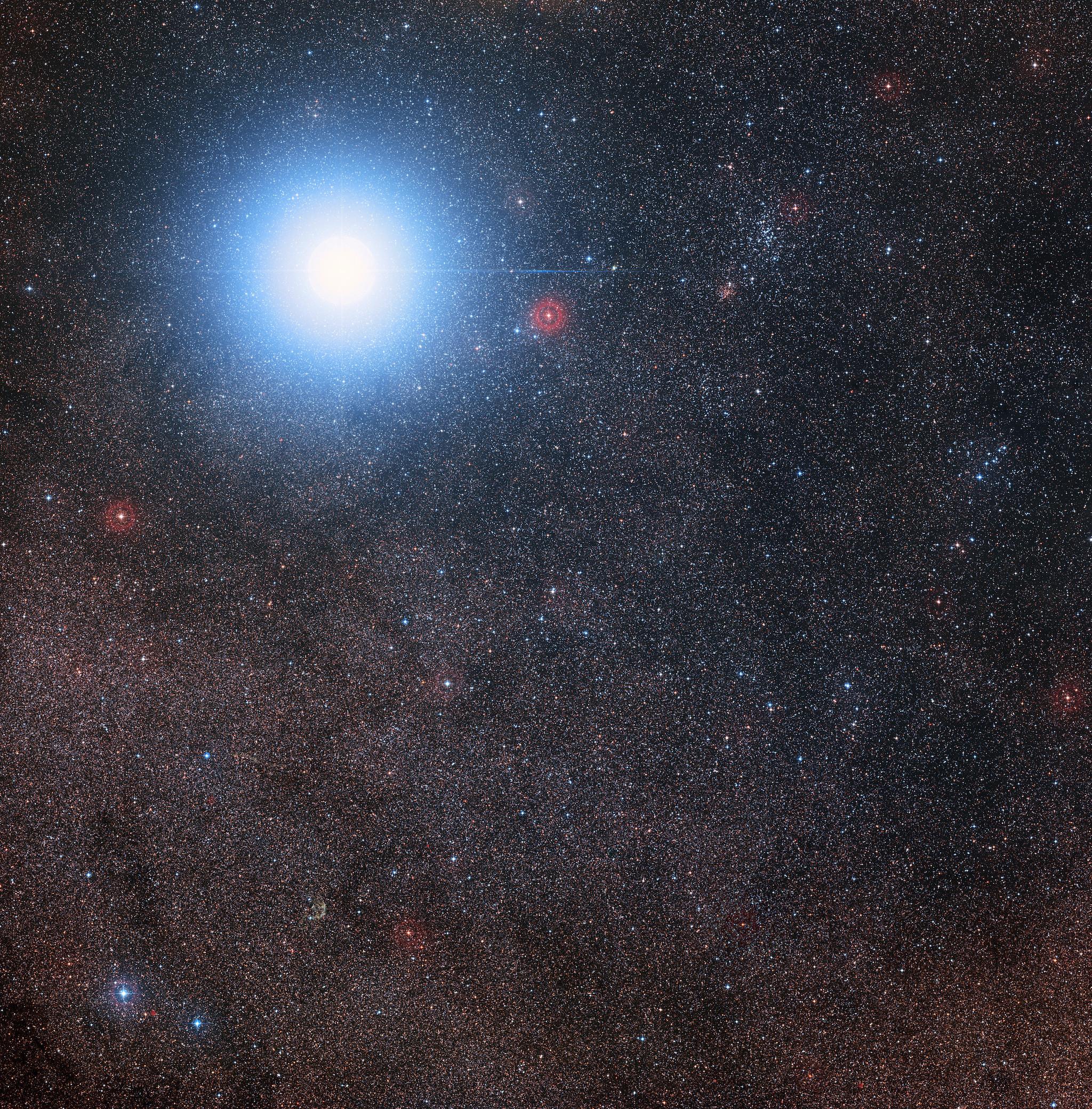Proxima b: How we will actually get to the new planet that could be a second Earth
Nuclear thermal propulsion, fusion rockets or laser sails might all serve as our carriage to what could be our new home
Your support helps us to tell the story
From reproductive rights to climate change to Big Tech, The Independent is on the ground when the story is developing. Whether it's investigating the financials of Elon Musk's pro-Trump PAC or producing our latest documentary, 'The A Word', which shines a light on the American women fighting for reproductive rights, we know how important it is to parse out the facts from the messaging.
At such a critical moment in US history, we need reporters on the ground. Your donation allows us to keep sending journalists to speak to both sides of the story.
The Independent is trusted by Americans across the entire political spectrum. And unlike many other quality news outlets, we choose not to lock Americans out of our reporting and analysis with paywalls. We believe quality journalism should be available to everyone, paid for by those who can afford it.
Your support makes all the difference.Scientists have found another Earth, which might have the right conditions for us or aliens to live. But will we ever actually get there and find out for sure?
Though the planet is in one sense our closest next door neighbour – orbiting around Proxima Centauri, the closest star to our own – it’s still a good 4.3 lightyears away. That will mean that it will be incredibly difficult to get there, and the conventional rockets that we have today would take thousands of years to arrive.
It will take new kinds of technology to actually reach our newly-discovered neighbour. Some of those are already in development – though not expected for some time, scientists and space fans hope that the discovery of Proxima b might encourage people to start work more quickly on developing them.
Scientists are so excited about the new planet because it is easily the closest second Earth that they’ve yet found. It is rocky, is in the habitable zone of distance from its sun, and might have the right atmosphere to sustain life.
That distance could mean that we’ll be able to study it. But we’ll need to do something very clever to actually do so.
Here are the different things we might try.
Ionic propulsion
Once considered the stuff of science fiction, ion drives have now been tested in a number of space craft.
The idea is to use electrical energy to propel charged molecules of gas, known as ions, from a thruster. It is far more fuel efficient than a traditional rocket, and despite producing a low level of thrust allows a long period of acceleration and build-up of speed.

The Deep Space One mission to Comet Borrelly, which used ion propulsion, reached a velocity of 35,000mph over a period of 10 months.
But even at this speed it would take more than 81,000 years to reach Proxima Centauri. Theoretically much more powerful ion thrusters could greatly reduce this journey time, but not by nearly enough.
Nuclear thermal propulsion
This is a concept that has been explored by Nasa and involves using nuclear reactions to heat up liquid hydrogen and channel it to generate thrust. Scientists have estimated that such a nuclear engine could power a spaceship to Mars in only 90 days. But a journey to the nearest star is a very different prospect - a one way trip to Proxima Centauri using this method would still take around 1,000 years.
Nuclear pulse propulsion
A frightening concept first proposed in 1946 by Polish-American mathematician Stainislaw Ulam, one of the architects of the Manhattan Project that developed the atom bomb. The idea, outlined in Project Orion which was shelved in 1963, was to release a series of nuclear bombs behind a spacecraft and explode them to provide a powerful accelerating force. Effectively, the spacecraft would ride the detonation wave, protected by a rear mounted "pusher" pad.
Theoretically a spaceship driven by a nuclear pulse engine could reach velocities as high as 5% of the speed of light. But the technology would be incredibly costly, not to mention potentially unsafe.
Fusion rockets
Here, pellets of deuterium and helium-3 are ignited in a fusion reaction, the same nuclear force that powers the Sun, to generate a high-energy plasma - a hot, charged gas - that can be directed by a magnetic nozzle to provide thrust.
A two-stage fusion rocket concept studied by the British Interplanetary Society, known as Project Daedalus, could theoretically make it possible to travel to Proxima Centauri in 36 years. But fusion power is still in its infancy and a long way from being able to generate enough energy for a trip to the nearest star.
Laser sail
One of the most promising technologies for interstellar travel, this was chosen by Russian billionaire Yuri Milner for his Breakthrough Starshot project that aims to send a fleet of tiny "nanocraft" to the Alpha Centauri system.
It involves shining a powerful laser beam on a large "sail" to push the spacecraft forward. The concept is simple, but has the potential to generate very high velocities up to half the speed of light and beyond. Milner's tiny craft, each weighing less than a gram, would be accelerated to 20% of light speed, making it possible to reach Proxima Centauri in 20 to 25 years.

According to a Nasa study published in 2000, a giant laser sail measuring 200 miles in diameter could make the trip to Proxima Centauri in just over 12 years.
Unfortunately, a laser powerful enough to drive such a sail to half the speed of light would consume a vast amount of energy and be extremely costly. In addition, the sail would have to be made from special resilient material to avoid melting.
Additional reporting by Press Association

Join our commenting forum
Join thought-provoking conversations, follow other Independent readers and see their replies
Comments